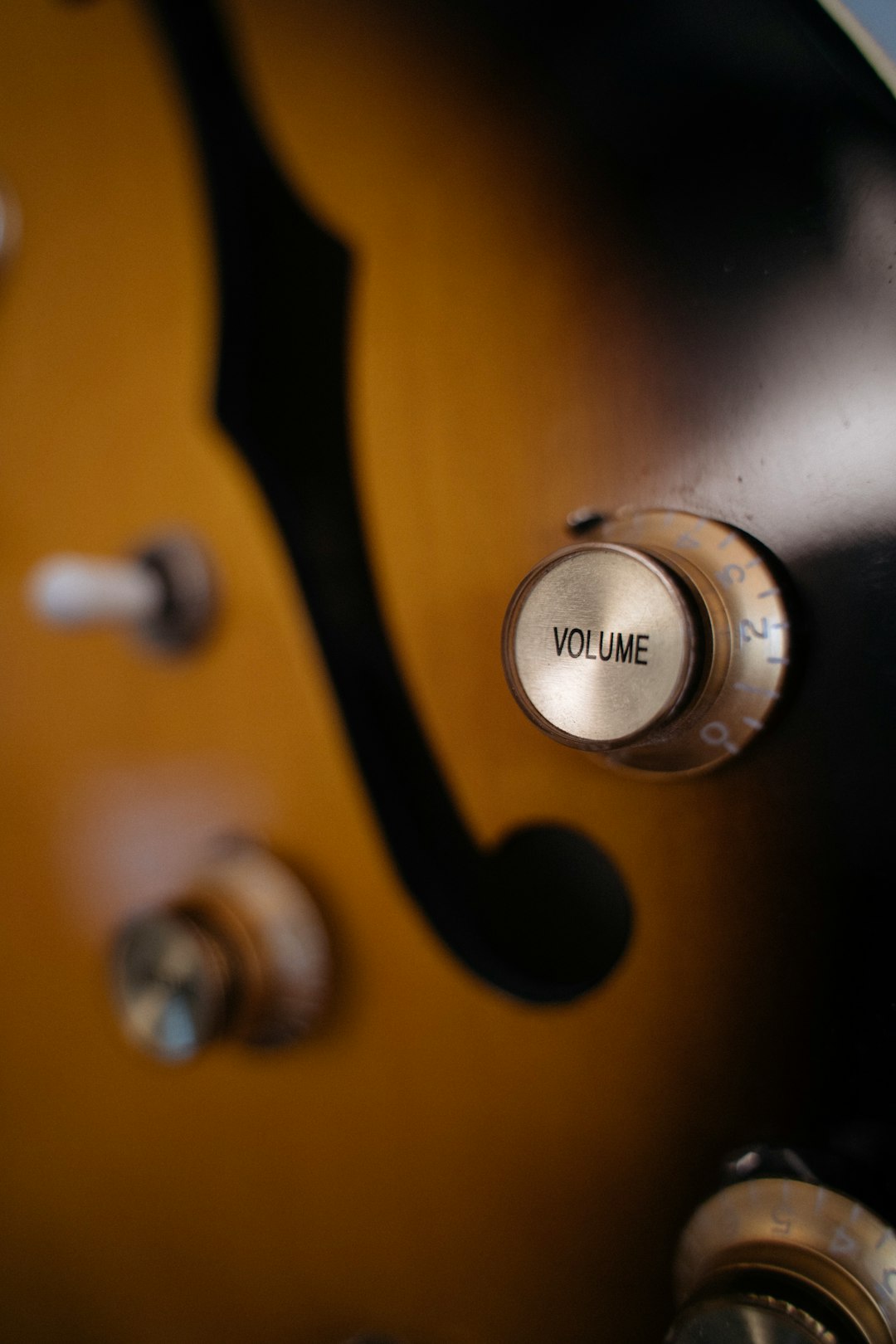You want to be fit, and healthy. And you want an improved quality of life and live longer. Great. You've always stopped because you don't know what to do.
Honestly, that's the simplest part. And here's the thing - you already know all of this. It has 2 parts - do more of and do less of.
do more of
- Eat 2-3 cups of non-starchy vegetables.
- Drink water.
- Eat some protein, as high quality as possible.
- Get some exercise. Yes, a few hours of walking a week are ample.
- Get enough sleep.
There's a lot more to this, But this takes care of a lot of things.

Before you go to the "Do Less Of", just focus on these. Once you find these become a part of your day, then go on there.
If you are already doing all of this and a bit more, that's awesome.
do less of
Do Lesser Than Now, or Do Less Of. Whichever gets the message across.
- eating junk food. Most things that come in a box.
- eating fried things.
- eating sugary things.
- eating fried sugary things.
- drinking alcohol.
the complex bit
What this entails, how this manifests itself in your life, when do you increase compliance rate, when do you decrease compliance rate, and how do you make this sustainable for the long-term. That's the hard part.
Like I already told you, you already know the stuff. Nothing I've said is controversial. Yet, I will periodically find my students telling me that "I ate only 1200 calories per day for 2 weeks".
The point is to not starve. The point is not to deprive yourself of things that bring you joy. At the same time, it does not mean to hang on to poor habits at high dosages, and over-correct by starving yourself or doing an unsustainable diet.
What will happen is you will crash and burn.
a volume knob
There are times when you need to be at a 10/10. There are times when a life event happens and you are at a 5/10. That's okay. That's how it should be.
10/10 for 6 weeks, and then 1/10 for 6 weeks, and going back and forth - that is the problem.
8/10 for the year works.
But what does this 10/10 or 8/10 or 5/10 mean? The actuals - you are gonna have to interpret it for yourself. This is where a coach comes in. You can read more about this here too i.e. what does it mean to dial it up or dial it down.

At The Quad, this is what we are trying to coach and teach. How can we take the long view? To think in weeks instead of days, in months instead of weeks, and years instead of months.
We have a few tools and mechanisms, and there are a lot more out there on the Internet. You need to find what works for you, and when, and for how long. Using two of our examples to elucidate further.
If you train at The Quad i.e. exercise with us, for example,
- we help you take care of your goal setting
- of defining strong enough
- how often do you need to exercise
- what do you need to do
- what can you do on other days when you don't come to class
- should you do something on other days
All of these will wave up and down. You do more of some, you do less of some. You change the way you exercise - building strength in one phase, working on endurance in another phase while maintaining strength, just punching the clock for a few months, and being at 10/10 for a few weeks.
The Daily9, which is a nutrition+lifestyle coaching programme we've been running for the last 4 years, focuses on getting you to build better habits. We want you to turn the volume knob as high up as you can for 10 weeks, and we guide you to do healthy, sustainable changes only. That's important because once the 10 weeks are over, and you dial things down, we want you to continue with some of those habits. Or all of those but at a lower volume level.
the hard part(s)
- figuring it out for yourself
- being consistent
- not being swayed by fads and shiny objects
- setting the right goals
- measuring and tracking progress honestly
You do this by having a bunch of shark habits and pirate maps (as Coach Dan John puts it). One of the many reasons his work resonates with me is intuitively (or wildly stumbling and failing, and finally getting there) these are things we've learned and adapted to our coaching strategy. Show up, don't quit - how else can I go from not being able to touch my shin, let alone the floor, to here. Or from gassing out at 500 metres to running 21k.
The hard part is not what to do. As I already told you, you know it. Heck, 10-year-olds know it.
The hardest part of all is doing it, and believing in the process. And for that to happen, you need to connect with it and understand the long-term view. As much as this sounds like a plug for what we do, we do what we do precisely because this stuff is hard. It started as my journey, but as much as I like to think of myself as unique - most of the people I've helped or failed to help - the storylines have a lot more in common than not.
If you can figure it out for yourself, that's awesome. It is doable. Go ahead, and start doing. One step at a time and keep making forward progress.
Slow and steady, or as Coach Dan John's coach puts it,
Little and often, over the long haul.
